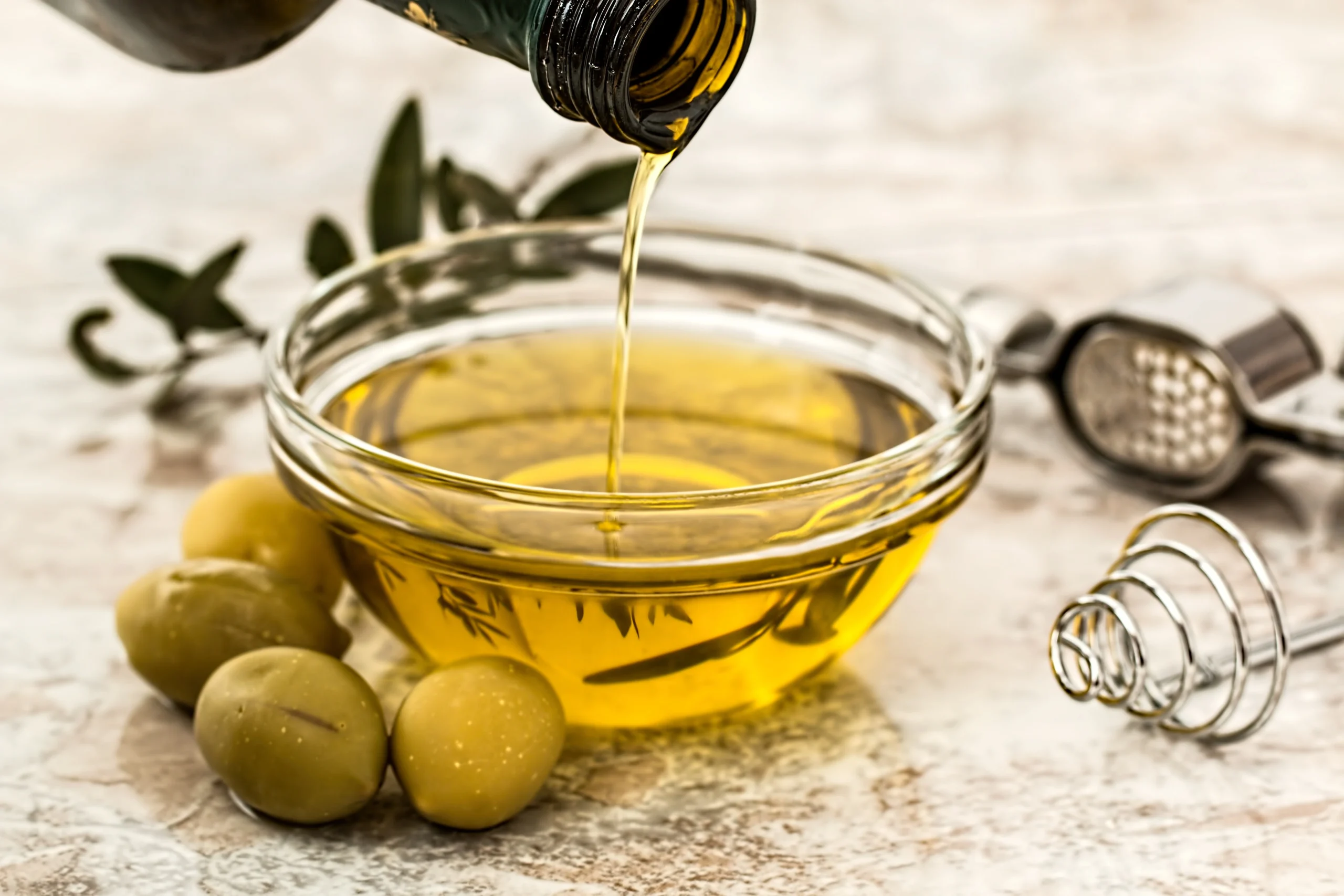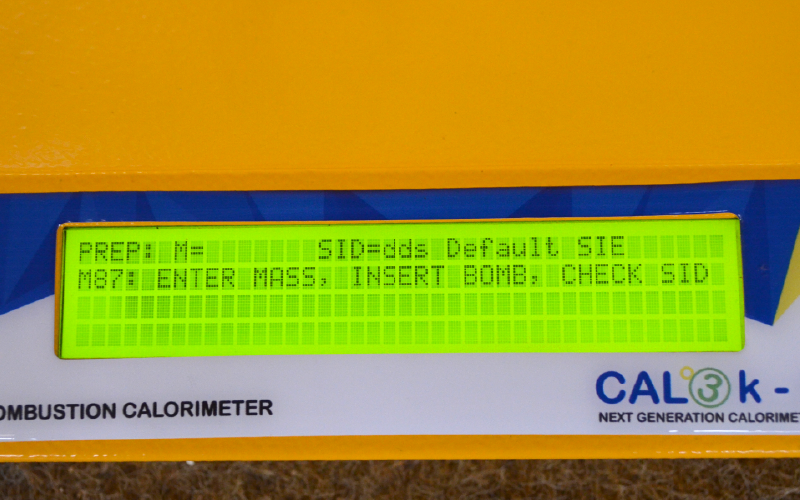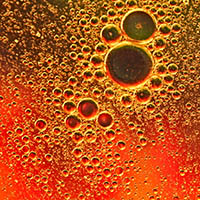
Oils are a non-volatile substance.
In general, they are not measured frequently because they are very consistent and uniform. Other oil properties are more important than the calorific value, such as taste or viscosity.
If an oil is measured in an oxygen calorimeter, then the procedure would be the same as a solid substance.
The weight of a crucible is zeroed and a small amount of approximately 0.5 gram of sample is put into the crucible, avoiding oil on the rim or outside crucible walls.
Then the DDS cotton thread is attached to the firing wire (always use genuine CAL3K consumables), the crucible is put into the holder and the oxygen vessel is closed.
Depending on the CAL3K used, it is either automatically or manual filled with oxygen and then analysed in the CAL3K.
Five to 7 minutes later results are displayed on the LCD screen of the CAL3K.

Related Applications
Coal Analysis

The coal industry is the traditional application of calorimeters because coal has a variety of properties, apart from being black.
Read MoreExplosives Analysis

Only explosives which can be ignited by heat from the calorimeter's firing circuit can be tested in the oxygen calorimeter.
Read MoreFuel Analysis

As a general rule, volatile fuels are measured very seldom because they are very consistent.
Read More

